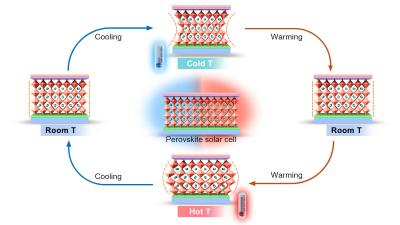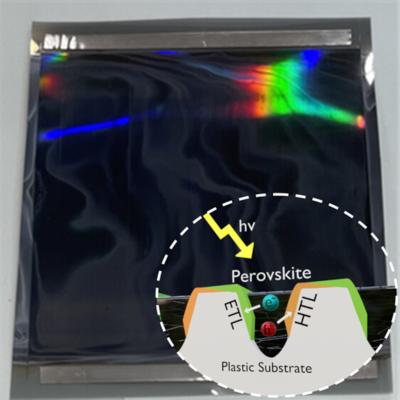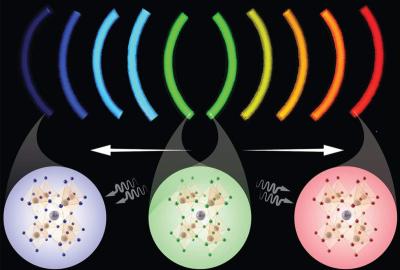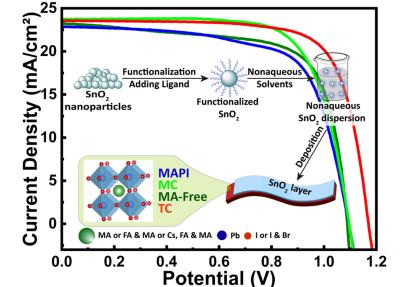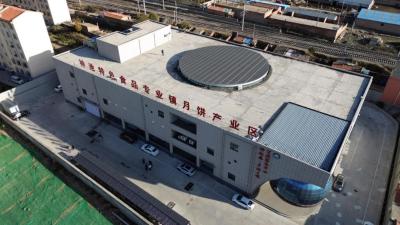Researchers identify thermal stress as the main factor affecting PSCs' long term stability
An international research collaboration, led by Prof. Antonio Abate from Germany's Bielefeld University, has addressed the stability issue of perovskite solar cells by exploring the effects of multiple thermal cycles on microstructures and interactions between different layers of perovskite solar cells. They concluded that thermal stress is the decisive factor in the degradation of metal-halide perovskites. Based on this, they derived the most promising strategies to increase the long-term stability of perovskite solar cells.
In the experiment, perovskite solar cells were repeatedly cooled to minus 150 degrees Celsius and then heated to plus 150 degrees Celsius. The changes in the microstructure of the perovskite layer and the interactions with the neighboring layers were studied over the course of the cycles. © Li Guixiang
The international research collaboration has published the results of several years of work. Together with a team led by Prof. Meng Li, Henan University, China, and other partners in Italy, Spain, UK, Switzerland and Germany, they showed that thermal stress is the decisive factor in the degradation of metal-halide perovskites. "When used outdoors, solar modules are exposed to the weather and the seasons", says Abate. While encapsulation can effectively protect the cells from moisture and atmospheric oxygen, they are still exposed to quite large temperature variations day and night and throughout the year. Depending on the geographical conditions, temperatures inside the solar cells can range from minus 40 degrees Celsius to plus 100 degrees Celsius (in the desert, for example).
